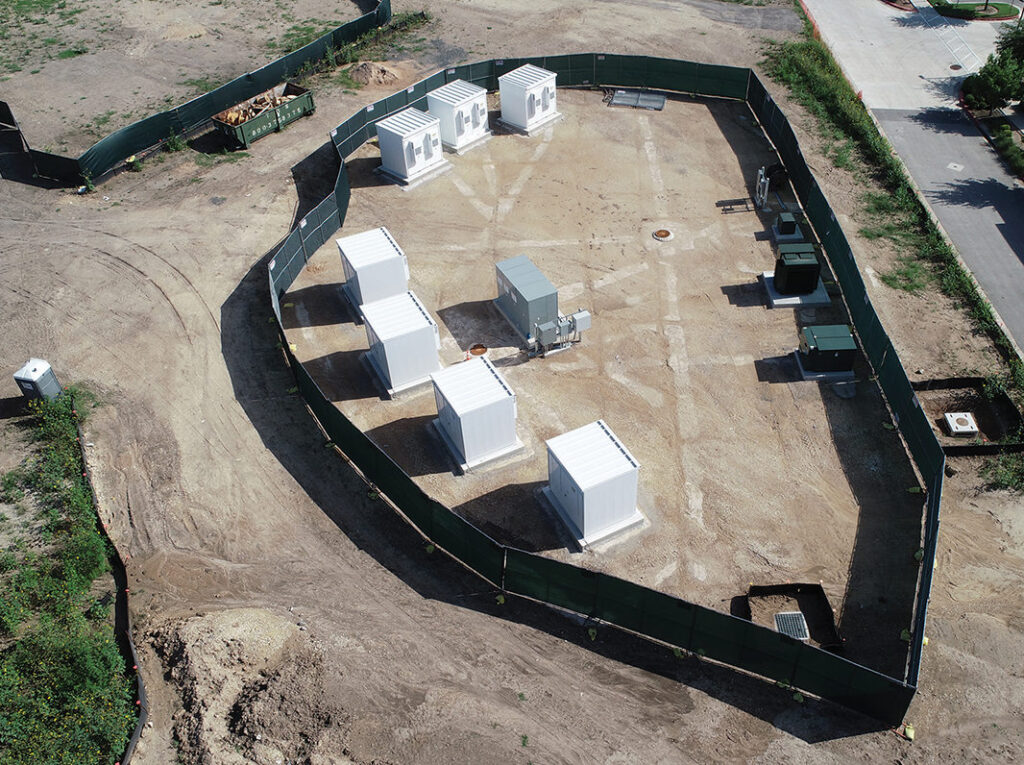6 Currencies Utilities Should Consider When Prioritizing Capital Planning Optimizations

Imagine this: you’re developing your strategic plan for the next 10 years and there are no budget constraints. You know any project that improves the performance, resiliency and sustainability of your infrastructure won’t only be approved; it’ll be fast tracked. It’s a nice picture, right? But it’s far from realistic.
With rising interest rates, tightening budgets, regulatory constraints and ever-changing priorities, utilities are facing tough decisions and mounting pressure to trim expenditures and migrate towards renewable resources, all while upholding service and security demands. From an enterprise standpoint, this often can result in companies prioritizing strict monetary costs over other factors. This in turn, can lead to reactive response measures, rather than proactive solutions.
Using capital planning software that leverages predictive data and machine learning technologies is one way that leading utilities combat these ongoing issues. By using technology (such as an Asset Investment Planning solution), decision-makers gain insight into their data, allowing them to make better, more intelligent strategic plans to manage their assets and critical infrastructure. This helps to reduce operational costs, improve reliability, minimize problems from unplanned work and enhance customer satisfaction.
Imagine if vegetation encroaching around power lines was dealt with as a form of preventative maintenance, rather than trimmed on a set schedule? Or if planning looked at 100-year flood data when designing infrastructure, rather than opting for the most direct solution? How different would your utility’s asset planning be?
Multiple forms of currency to optimize
By prioritizing optimizations based on many different currencies, utility providers can strengthen and future-proof their market position over the short-, medium- and long-term.
There are lots of different lenses to use when it comes to prioritizing optimizations and investments. Here are six to keep top of mind.
- Risk management
Asset management teams know when their assets are nearing end of life. They track the lifecycles of physical assets to maximize their use, mitigate their costs and expenditures, ensure their safety and secure functionality—all to minimize risks.
Historically though, the risk they manage—either through the impact of disrupting operations or the cost of replacement of equipment— is economic. More recently, the concept of risk has become more complex, with a true risk management approach considering more than just physical components. Other key considerations should include:
- Reputational risk to mitigate bad press that could result in a critical failure or system outage;
- Service level risk to determine whether the utility provider can deliver on the promised services;
- Environmental risk to evaluate whether the utility’s plans pose negative environmental impact;
- Compliance risk to ensure adherence to stringent regulatory requirements or face misconduct challenges.
Thinking holistically about utility risk management and having one centralized team that monitors and tracks all possible organizational risks can lead to better outcomes and fewer unforeseen challenges.
Capital planning software enables senior executives to understand the risks they are facing, while helping them prepare for the future. Through what-if scenario analysis, they can factor in any element that will affect their organizations’ output, exposure and costs.
- Net-zero goals
Energy transitions are complex, with organizations forced to examine how their assets will migrate and whether any assets will become stranded for failing to meet carbon reduction goals. Investors and stakeholders alike need to understand how the goal of net-zero operations can be met as well as what the financial implications of such a migration would entail.
Let’s say an organization wants to move towards nuclear power to reduce their reliance on fossil fuels. Local politicians prefer solar energy as a greener alternative, however, and they’re willing to offer incentives to adopt this approach. Which is the best investment?
You need to look at the base data to model all the factors related to implementations, maintenance, asset life span, etc. While solar seems like the greener option at first glance, the carbon footprint of its installation may actually be greater than that of the nuclear option.
Accurate data is an imperative part of net-zero planning, helping to transform goals into objective metrics, and metrics into actionable forecasts for business decisions. Capital planning software allows organizations to map and model the requisite data, so that decisions made today can withstand events and expenditures that are out of a utility’s control.
- Climate resiliency
Major weather events continue to have a broader and more destructive impact on infrastructure grids and distribution networks. In 2020 there were 22 weather and climate disasters in the U.S. alone.
It’s essential that networks are optimized to withstand future events such as these. Without proactively accounting for investments into grid hardening, budgets for planned projects will continue to be cut when networks need to be brought back up after emergencies. This will result in less available budget for preventive replacement.
Capital planning software can examine asset and network vulnerabilities as well as identify the risk of similar events in the future, enabling utilities to rebuild infrastructure in a more climate-resilient way, while maximizing their investments.
- Labor challenges
Traditionally, utility workers stayed with companies for years, if not decades, because of the skilled nature of their labor. However, recent data suggests a far more transient workforce. With the age of workers being higher than average, the sector is vulnerable to losing skilled employees because of retirement, as well as cost-cutting measures and competition from other sectors. On top of that, the average tenure of an executive in the U.S. currently stands at just under five years.
It is therefore critical that enterprises treat labor as a currency they actively safeguard. Capital planning tools assist with preserving institutional knowledge and subject matter expertise that can be lost when employees leave without effective knowledge transfer. Redundancy training helps protect the labor asset, as does digitizing expertise to create a digital twin of the employees’ decades-built expertise.
- Supply-chain management
Like the labor force, supply chains also were greatly affected by global events in recent years. How do you best allocate your resources when you’re seeing delays and interruptions in sourcing, producing, and transporting goods and services? Solving today’s supply chain issues is important but may fail to address future demands in terms of performance, agility and resiliency.
Take utility company A. They opt to stockpile assets in the hope of offsetting future delivery and fulfillment delays. They might be able to get ahead of supply chain issues by increasing their capital expenditure (CapEx), but they now have a depreciating surplus of stock sitting untouched in a warehouse.
Utility company B, however, replaces their assets regularly with minimal maintenance interventions, keeping little to no backup stock available for a rainy day. Under current circumstances they are increasing maintenance in order to extend the lifespan of the asset, while maintaining their current level of service. Increasing their operational expenditures (OpEx) in this way could impact their ability to make future, mission-critical decisions.
There is no inherently right or wrong decision here; instead, it will be linked to each utility’s financial situation and tolerance to risk. But capital planning software helps utilities collect and assess data so that they can be aware of any trade-off that will impact their budget. This allow them to optimize their planning, and best balance the safety, reliability, performance, and sustainability of their assets accordingly.
- Total cost of ownership (TCO)
While TCO is a financial factor, in this report we’re specifically looking at performance over time—helping shift mindsets by taking into consideration the full cost a utility will incur in order to acquire and operate an asset beyond the upfront purchase cost.
Florida has borne the brunt of major hurricanes this past year. In areas where infrastructure was built decades ago, the damage sustained by the power network has been significant and costly. In areas with newer, more modern infrastructure, utilities have implemented hardened steel overhead poles that can withstand a category-5 hurricane, while the surrounding developments have unground power lines. The cost of implementing this was high. However, effective asset management can help decrease the total cost of ownership in asset-intensive industries, giving decision makers long-term visibility.
Regulators want to keep energy costs as low as possible for their consumers, which can lead to be short-sighted by looking at a utility’s implementation costs, rather than their investment over the infrastructure’s life span.
Capital planning software helps utilities to input data and model scenarios in order to present robust justifications for rate case increases, thus proving that investments in their systems is in the best interests of their customers and stakeholders over the long-term.
Harnessing technology to align short-term metrics with long-term goals
Siloed capital investment management approaches are no longer suitable for asset-intensive sectors that are facing many financial, environmental and organizational challenges. Managing today’s and tomorrow’s challenges and associated risks demands prioritizing optimizations based on multiple factors that include and go beyond initial dollar implications.
Digital modeling tools are instrumental in supporting decision makers as they navigate asset and critical infrastructure management. Decision makers can use capital planning software to help them evaluate many what-if scenarios to make the best assessments for their business and their stakeholders.





